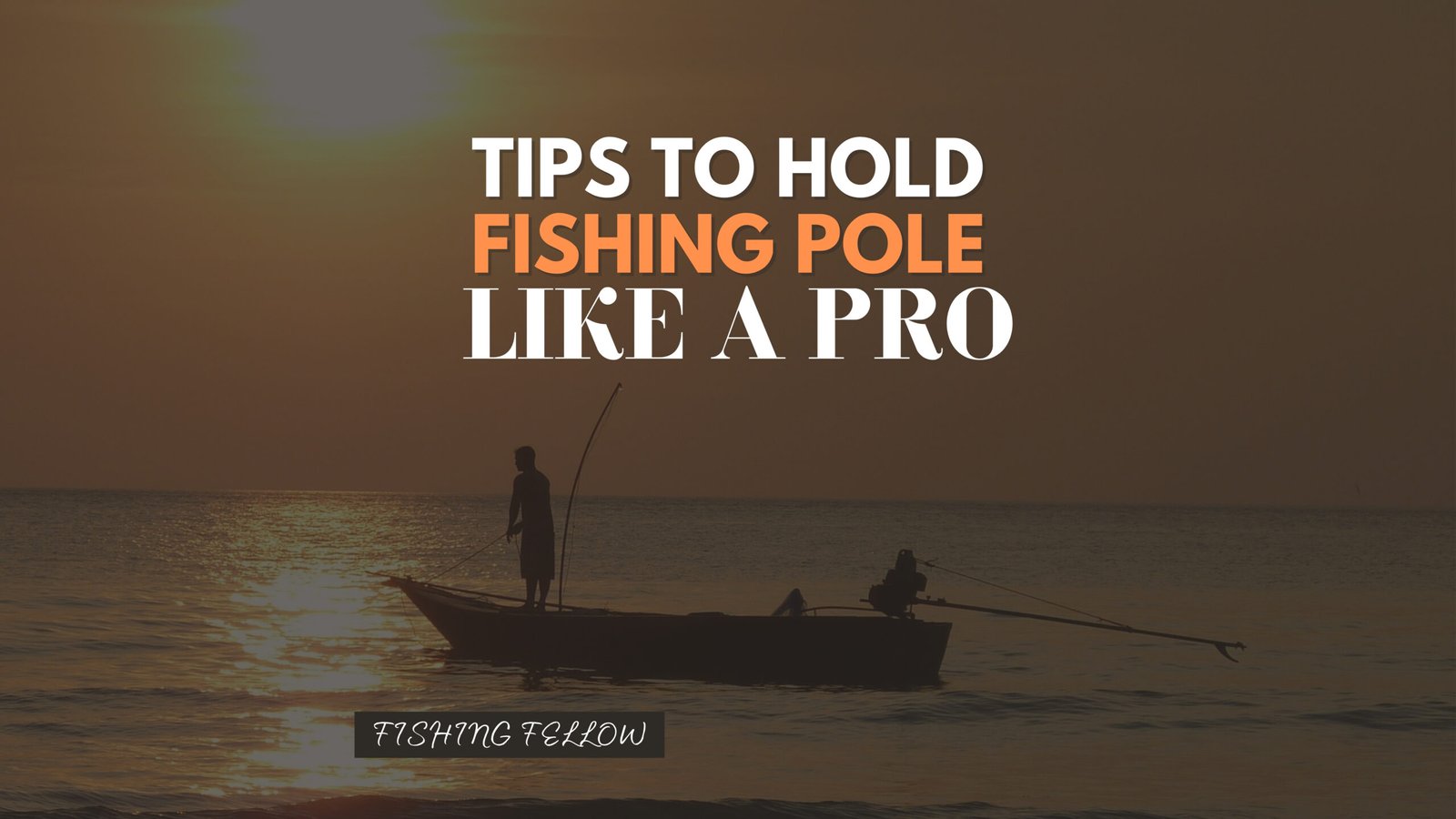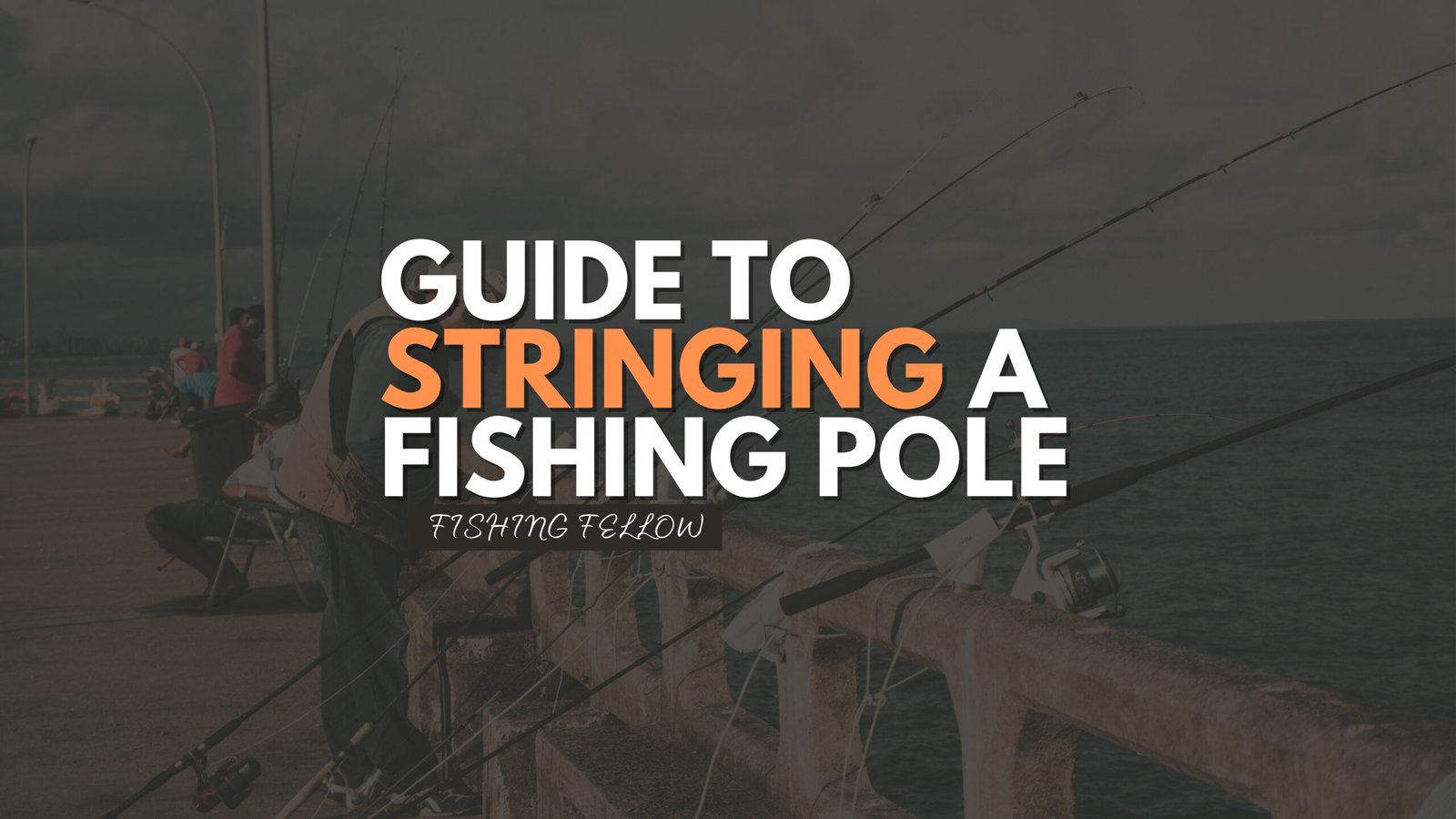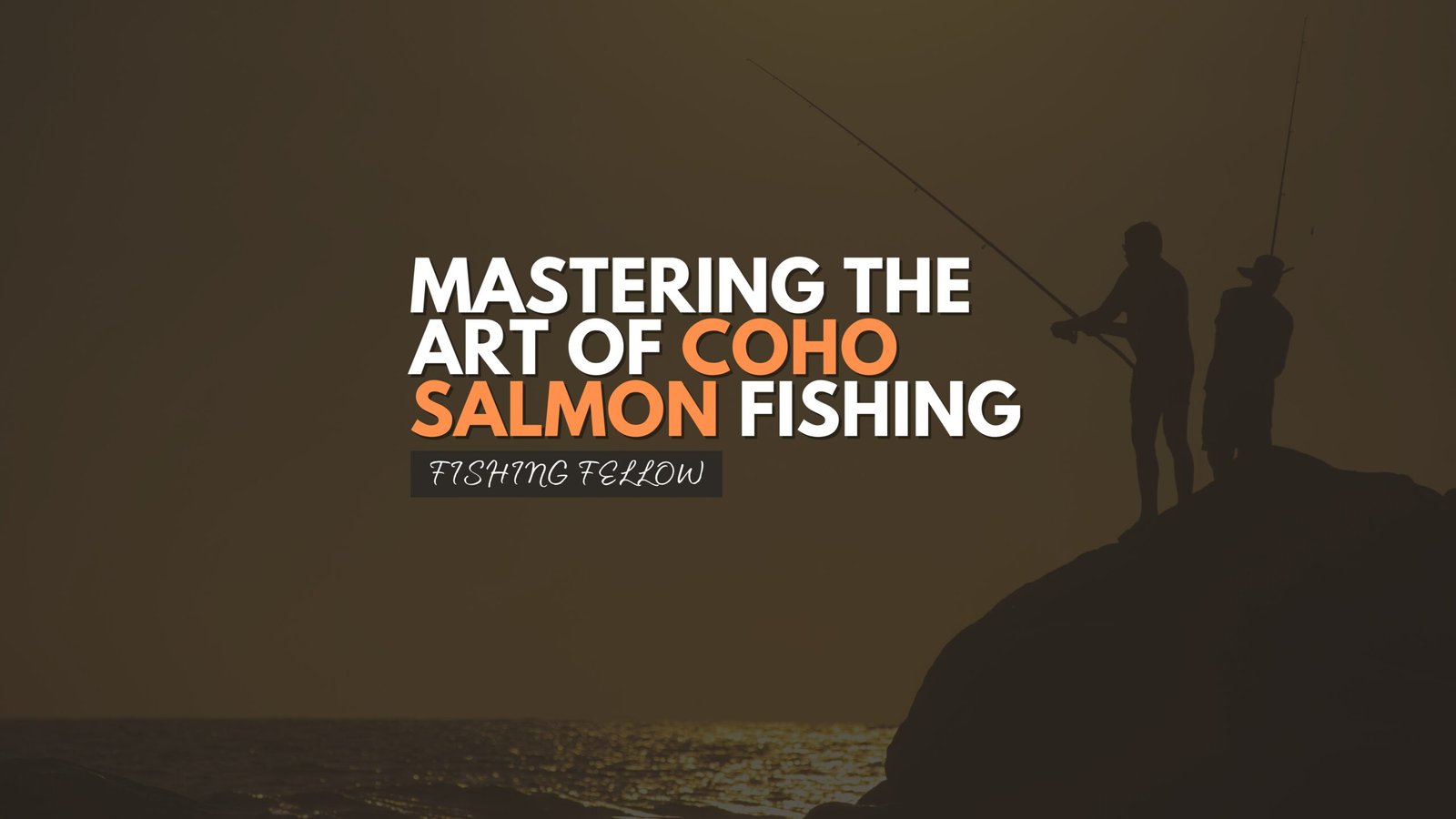Whether you’re a beginner or a seasoned angler, knowing how to hold a fishing pole is essential to your success on the water.
Table of Contents
Proper grip and handling techniques can make a significant difference in your casting accuracy, hook sets, and overall control of your fishing rod.
Tips to Hold A Fishing Pole Like a Pro
In this article, we’ll explore the fundamentals of holding a fishing pole like a pro, including grip variations, casting methods, and tips for a more enjoyable fishing experience.
The Basic Grip:
The most common way to hold a fishing pole is with a basic grip, also known as the “overhand grip.” To do this, hold the fishing rod with your dominant hand, with the reel facing down and the rod running along your palm.
Your index finger should be placed on the top of the rod, near the reel, while your remaining fingers wrap around the handle. This grip provides stability and control while allowing you to easily operate the reel and make precise movements.
The Finger Placement:
When gripping the fishing pole, pay attention to the placement of your fingers. Your index finger plays a crucial role in controlling the line and managing the release during casting.
Keep your index finger extended or lightly touching the line to feel any vibrations or strikes from fish. This practice, known as “feeling the bite,” can improve your responsiveness and help you set the hook more effectively.
The Two-Finger Trigger Grip:
For increased sensitivity and finesse, some anglers prefer using the “two-finger trigger grip.” In this technique, your index finger rests on the top of the rod, while your middle finger is placed in front of the reel, serving as a trigger to manage the line release.
This fishing grip allows for precise control over line tension and provides a quick response when setting the hook. It’s particularly popular among anglers who focus on finesse techniques such as drop shotting or light tackle fishing.
Casting Techniques
When it comes to casting, your grip on the fishing pole can significantly impact your casting distance and accuracy. For an overhead cast, hold the fishing pole with a secure grip and keep your wrist firm to generate power and control during the casting motion.
As you release the line, a smooth follow-through with your arm and wrist will help propel the bait or lure to your target area. Practice and experimentation with different casting techniques can improve your overall casting proficiency.
Adjusting for Different Situations:
Depending on the fishing style, target species, and environmental conditions, you may need to adjust your grip and hold on the fishing pole.
For example, when trolling or jigging, a firm two-hand grip with both hands on the rod may be necessary to handle heavier tackle and provide better control over the movements of the bait or lure. In contrast, finesse techniques such as drop shotting or wacky rigging may require a lighter grip for increased sensitivity and subtle rod movements.
Additional Tips for a Better Hold:

- Ensure that the grip on your fishing pole is comfortable and doesn’t strain your hand or wrist, especially during prolonged fishing sessions.
- Keep a relaxed grip to maintain sensitivity and reduce fatigue, while still maintaining control over the rod and reel.
- Experiment with different grip variations and find the one that suits your fishing style and preference.
- Practice proper hand positioning to minimize line twists and tangles, especially when using spinning reels.
Special Considerations for Young Anglers:
When teaching kids how to hold a fishing pole, it’s important to emphasize safety, comfort, and the fundamental principles of fishing. Encourage them to use a grip that feels natural and secure, and provide guidance on casting techniques and line management. Using lightweight and appropriately sized fishing gear can help kids feel more confident and enjoy their fishing experience.
The Role of Rod and Reel:
The type of fishing rod and reel you use can also influence how you hold a fishing pole. For example, spinning rods typically require a different grip compared to baitcasting rods due to their reel positioning and line management. Adjusting your grip to accommodate the specific features of your rod and reel can enhance your overall fishing performance.
Conclusion
In conclusion, mastering the art of holding a fishing pole is a fundamental skill that contributes to your success and enjoyment as an angler.
By understanding the different grip variations, casting techniques, and tips for a better hold, you can enhance your control, sensitivity, and overall fishing experience.
Experiment with different techniques, find what works best for you, and enjoy the satisfying feeling of a well-executed cast and a successful day on the water. Happy fishing! For more Visit Out Fishing Fellow Blog




